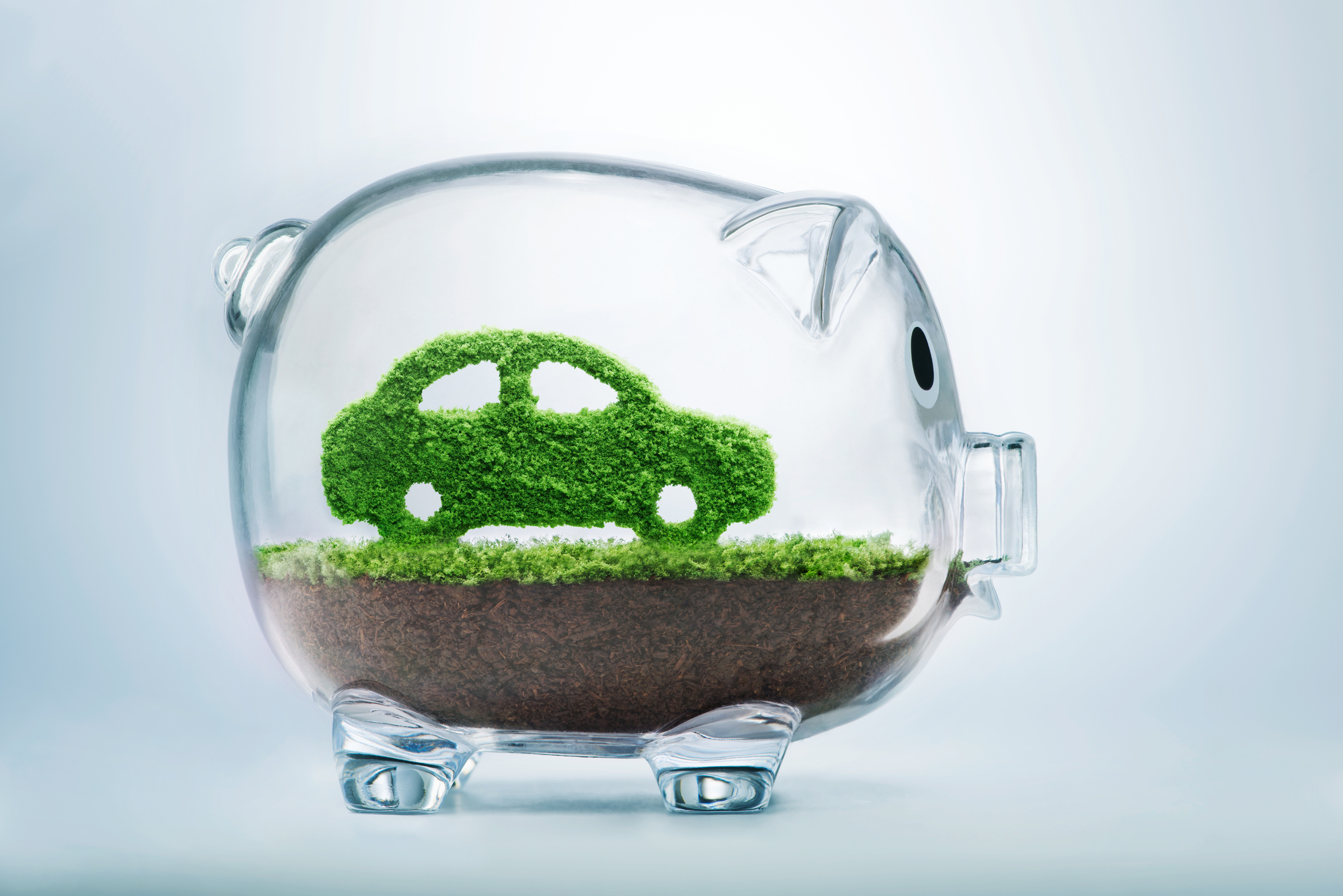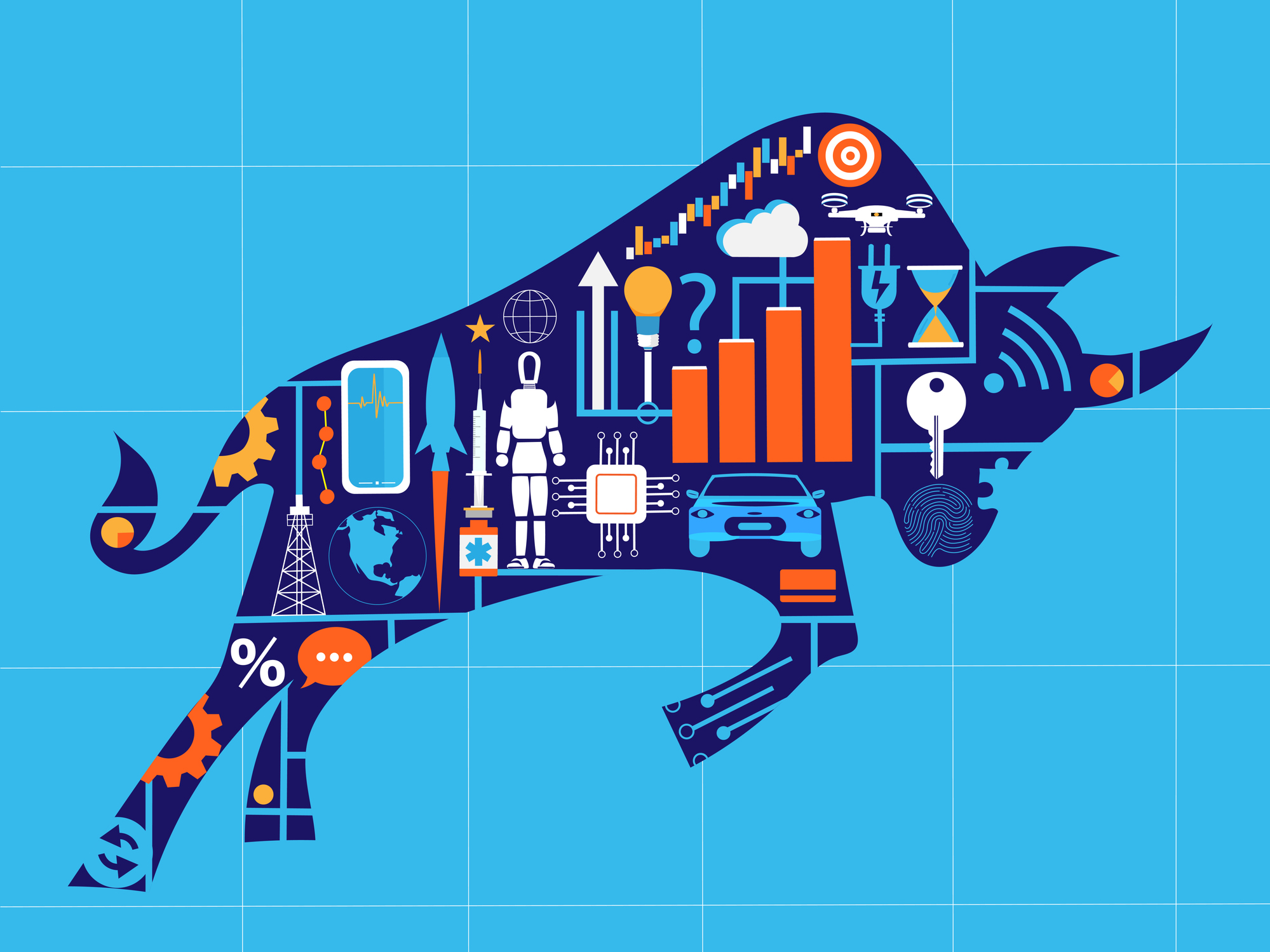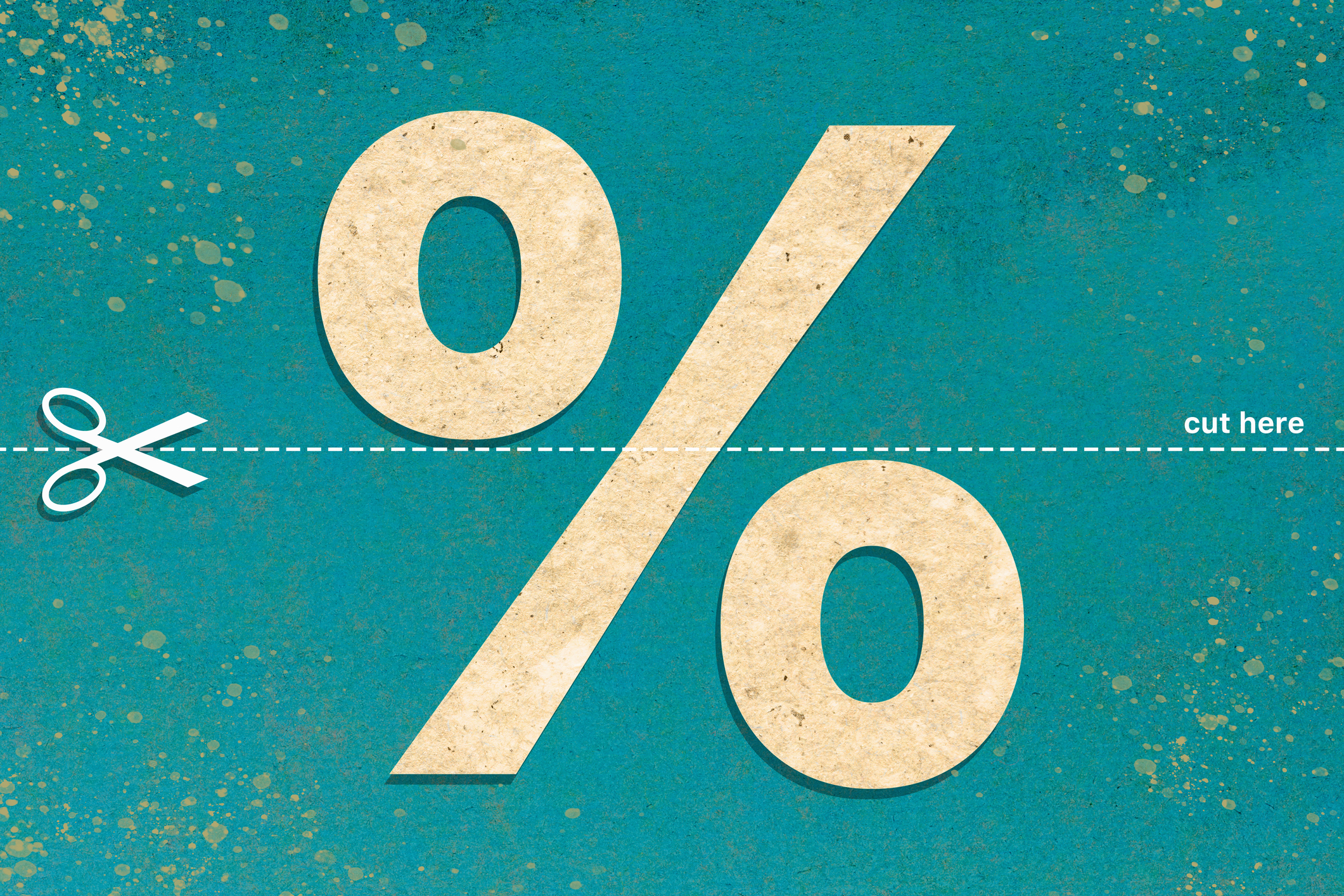Shoppers Hit the Brakes on EV Purchases After Tax Credits Expire
Electric cars are here to stay, but they'll have to compete harder to get car shoppers interested without the federal tax credit.


To help you understand what is going on in the economy, our highly experienced Kiplinger Letter team will keep you abreast of the latest developments and forecasts (Get a free issue of The Kiplinger Letter or subscribe). You'll get all the latest news first by subscribing, but we publish many (but not all) of our forecasts a few days afterward online. Here’s the latest...
Now that the federal tax credit has expired, what is the outlook for electric vehicles in the U.S.? Sales surged as buyers rushed to cash in on the credit before it expired on September 30, then crashed. Here’s how we see the EV market in the longer term.
Once a novelty, EVs are here to stay. But they will occupy a much smaller share of the market in the coming months and beyond, now that the $7,500 federal tax credit is no more. (Note that some states offer tax credits of their own.) Early this year, before talk of Congress axing the credit influenced buyers, EVs accounted for 7.9% of car sales. For the time being, we see that level dropping to 5-6% or so, as demand finds its natural, unsubsidized level.
From just $107.88 $24.99 for Kiplinger Personal Finance
Become a smarter, better informed investor. Subscribe from just $107.88 $24.99, plus get up to 4 Special Issues

Sign up for Kiplinger’s Free Newsletters
Profit and prosper with the best of expert advice on investing, taxes, retirement, personal finance and more - straight to your e-mail.
Profit and prosper with the best of expert advice - straight to your e-mail.
Surveys show many consumers are interested in electric cars, even if they’re not ready to buy one. Manufacturers will keep building them, but in reduced numbers. Some existing EVs are already getting canceled, along with future models that automakers are now rethinking. Vehicle lineups that were supposed to transition to mostly or all EV in a few years now appear likely to stay mostly gas.
The good news for EV-curious consumers: There will be cheap used models hitting the market in the next few years. EV leasing soared after the Biden era made it easier to qualify for the federal tax credit that way. That flood of used vehicles will be returning to the market, giving value-minded shoppers lots of potential deals.
Cheaper, low-mileage used EVs may be the ticket to convincing wary buyers to consider going electric, now that demand from early adopters has been satisfied. Many drivers won’t be lured, either because an EV doesn’t meet their specific needs or a simple preference for gas. But a decent number of folks appear to be on the fence and may try a used electric model, if the financial math pencils out.
That being said, assuring potential buyers that used EVs’ batteries are sound will be key. Replacing EV batteries costs thousands, even tens of thousands, of dollars. Automakers and dealers will tout new “state of health” certifications showing the useful capacity an EV battery has. They may be rolled into automakers’ certified pre-owned programs, which inspect and vouch for quality used cars, and come with an extended warranty.
More public charging stations will also help, eventually. As of August, the U.S. had 229,000 public charging ports, though they tend to cluster around urban areas, vary in charging capacity and can be prone to failure. More and faster ones are needed. For now, EVs’ lost market share will likely be gobbled up by hybrid models. Consumers are really warming up to them as a compromise that keeps the familiarity and advantages of gas, with fuel efficiency boosted by batteries and electric motors. They’ll likely account for 15% of new car sales soon as more models come as hybrids.
This forecast first appeared in The Kiplinger Letter, which has been running since 1923 and is a collection of concise weekly forecasts on business and economic trends, as well as what to expect from Washington, to help you understand what’s coming up to make the most of your investments and your money. Subscribe to The Kiplinger Letter.
Related content
Profit and prosper with the best of Kiplinger's advice on investing, taxes, retirement, personal finance and much more. Delivered daily. Enter your email in the box and click Sign Me Up.

David is both staff economist and reporter for The Kiplinger Letter, overseeing Kiplinger forecasts for the U.S. and world economies. Previously, he was senior principal economist in the Center for Forecasting and Modeling at IHS/GlobalInsight, and an economist in the Chief Economist's Office of the U.S. Department of Commerce. David has co-written weekly reports on economic conditions since 1992, and has forecasted GDP and its components since 1995, beating the Blue Chip Indicators forecasts two-thirds of the time. David is a Certified Business Economist as recognized by the National Association for Business Economics. He has two master's degrees and is ABD in economics from the University of North Carolina at Chapel Hill.
-
 December Fed Meeting: Live Updates and Commentary
December Fed Meeting: Live Updates and CommentaryThe December Fed meeting is one of the last key economic events of 2025, with Wall Street closely watching what Chair Powell & Co. will do about interest rates.
-
 This Is Why Investors Shouldn't Romanticize Bitcoin
This Is Why Investors Shouldn't Romanticize BitcoinInvestors should treat bitcoin as the high-risk asset it is. A look at the data indicates a small portfolio allocation for most investors would be the safest.
-
 I'm a Federal Benefits Pro: I Answer These 2 Questions a Lot
I'm a Federal Benefits Pro: I Answer These 2 Questions a LotMany federal employees ask about rolling a TSP into an IRA and parsing options for survivor benefits, both especially critical topics.
-
 What Investors May Face in the New Year: Interview
What Investors May Face in the New Year: InterviewKeith Lerner, the chief market strategist and chief investment officer for Truist Wealth, speaks with Kiplinger.
-
 What to Make of a Hot IPO Market
What to Make of a Hot IPO MarketThis year's crop of initial public offerings could be even dicier than usual because of a skew toward tech and crypto.
-
 How to Position Your Portfolio for Lower Interest Rates
How to Position Your Portfolio for Lower Interest RatesThe Federal Reserve is far from done with its rate-cutting regime. This is how investors can prepare.
-
 A JPMorgan Fund Holds Its Own Thanks to a Focus on Quality
A JPMorgan Fund Holds Its Own Thanks to a Focus on QualityDespite its defensive characteristics, the JPMorgan U.S. Quality Factor holds up in good times and in bad.
-
 What Fed Rate Cuts Mean For Fixed-Income Investors
What Fed Rate Cuts Mean For Fixed-Income InvestorsThe Fed's rate-cutting campaign has the fixed-income market set for an encore of Q4 2024.
-
 Why I Trust These Trillion-Dollar Stocks
Why I Trust These Trillion-Dollar StocksThe top-heavy nature of the S&P 500 should make any investor nervous, but there's still plenty to like in these trillion-dollar stocks.
-
 Hang in There With This Value Fund
Hang in There With This Value FundPatience is required for investors in the Dodge & Cox Stock Fund, but its long-term outperformance proves it's worth the wait.
-
 8 Dividend Funds to Consider Now
8 Dividend Funds to Consider NowThese dividend funds deliver a diversified portfolio of dividend stocks.